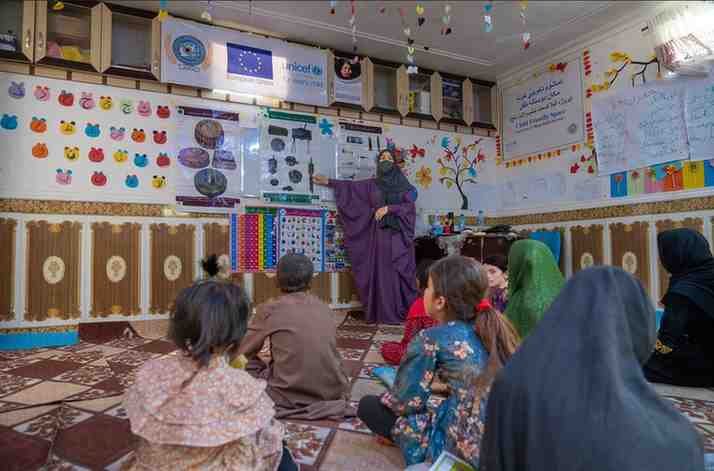UNICEF on Sunday reported 500 children in Afghanistan to be either killed or severely wounded in 2024 by battlefield debris.
UNICEF through a post on X shared about its efforts to educate approximately 3 million children and caregivers on the risks of explosive ordinances the previous year. It enlightened children to identify, avoid, and report these explosive compounds.
It posted a photo where children are being taught about volatile materials along with the basic primary teachings. It captioned the post, “In 2024, more than 500 children were killed or gravely injured by unexploded ordnances or explosive remnants of war. UNICEF educated around 3 million children and caregivers on the risks of explosive ordnances last year, including how to identify, avoid and report them.”
A war is often caused by the insatiable desire of people or groups to acquire more than what they already have. This can lead to conflicts or military fiscalism, as seen in Afghanistan since the Taliban’s takeover of the government in 2021. This event has resulted in a humanitarian crisis, disproportionately harming children, who often become frontline targets and bear the brunt of the conflict.
According to a report by HALO Trust, 26 provinces in Afghanistan spanning an area of over 65 square kilometers is contaminated with improvised explosive devices (IEDs). Additionally, HALO has deployed 2,235 personnel for demining operations in Afghanistan for it has been identified as one of the four most mine- mine-contaminated countries globally.
Further, the World Food Programme (WFP) further revealed its limitations in Afghanistan in providing aid to only 7 million out of the 14 million people suffering from hunger due to a shortage of funding.








